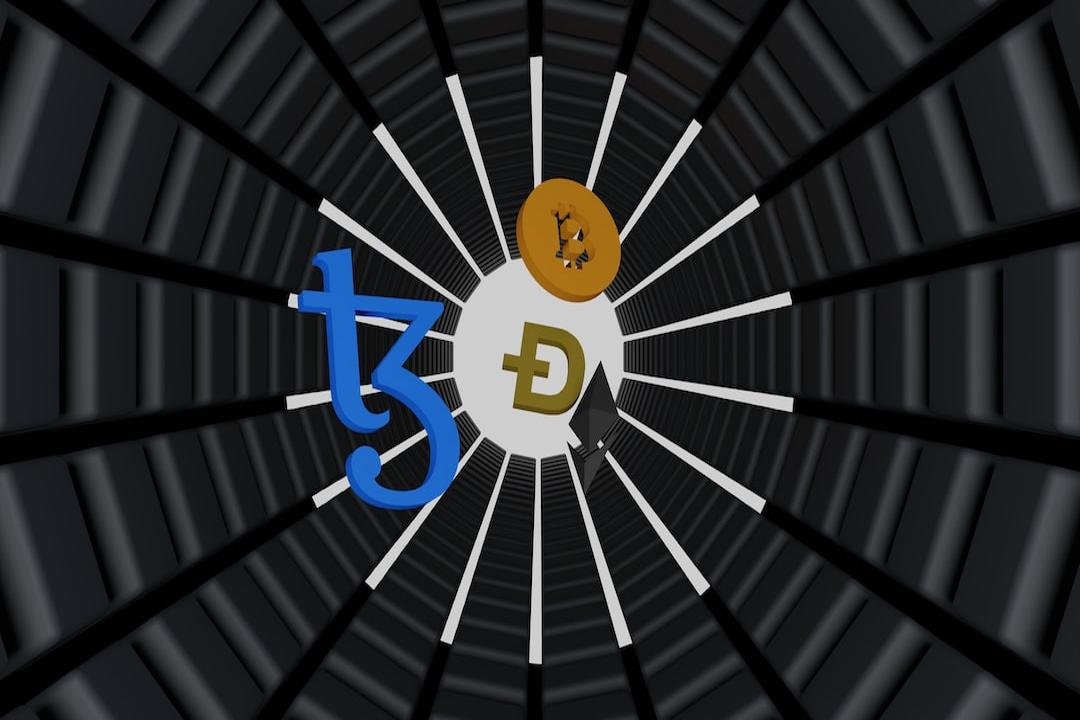Author: Mosi
Translation: Deep Tide TechFlow
In the realm of tokens, perception is everything. Much like Plato’s “Allegory of the Cave,” many investors are trapped in shadows—misled by distorted value projections from bad actors. In this article, I will reveal how some venture capital (VC)-backed projects systematically manipulate their token prices through the following means:
- Keeping the false float of tokens as high as possible.
- Suppressing the real float of tokens as much as possible (to make it easier to inflate token prices).
- Exploiting the fact that the real float is extremely low to drive up token prices.
Shifting from a “low float/high FDV (Fully Diluted Valuation)” model to a “false float/high FDV” model.

Image: No! I am not a low float/high FDV token! I am “community-first”!
Earlier this year, the popularity of memecoins surged, pushing many VC-backed tokens out of mainstream visibility. These tokens are referred to as “low float/high FDV” tokens. However, with the launch of Hyperliquid, many VC-supported tokens became difficult to invest in. In the face of this situation, some projects did not address their flawed token economic models nor focus on developing real products, but chose instead to double down by artificially suppressing circulating supply while publicly claiming the opposite.
Suppressing circulation benefits these projects because it makes price manipulation easier. Through behind-the-scenes transactions—such as foundations selling locked tokens for cash and then repurchasing on the open market—capital efficiency can be significantly enhanced. Furthermore, this practice poses great risk to short sellers and leveraged traders, as the low real float makes these tokens extremely susceptible to price pumps and dumps.
Next, let’s look at some real examples. This is by no means an exhaustive list:
- OM@MANTRA_Chain: This is the most obvious example. For those curious about how a project with a total locked value (TVL) of only $4 million can boast a fully diluted valuation (FDV) of over $10 billion, the answer is simple: they control the majority of the circulating $OM supply. Mantra holds 792 million $OM in a single wallet (i.e., 90% of the supply). It’s not complicated—they didn’t even bother to disperse this supply across multiple wallets.
- MOVE@movementlabsxyz: During the airdrop claiming process, Movement allowed users to choose one of two methods: claim the airdrop on the Ethereum mainnet (ETH Mainnet); or to claim the airdrop on their yet-to-be-launched chain for a small reward. However, just hours after the claiming opened, they undertook a series of actions:
- They imposed a fee of 0.015 ETH (around $56 at the time) on all users claiming on the Ethereum mainnet, plus Ethereum’s gas fee, which deterred many small-balance testnet users;
- They reduced the allocation on the Ethereum mainnet by over 80% while still retaining the aforementioned fee;
- They halted the claiming process;
- They limited the claiming time to a very short window.
- Movement paid WLFI to purchase MOVE tokens.
- Movement paid REX-Osprey to apply for an ETF for MOVE.
- Rushi (the relevant person in charge) went to the New York Stock Exchange (NYSE).
- Movement engaged in a series of complex operations with funds and market makers, selling locked tokens to them in exchange for cash, allowing these institutions to bid and pump prices.
- The team deposited 150 million (150,000,000) MOVE tokens at the peak price on Bybit. They may have started selling off from the peak price, as the token price has been on the decline since then.
- Before and after the token generation event (TGE), the team paid a Chinese KOL (Key Opinion Leader) marketing agency $700,000 monthly to list on Binance, thereby gaining more exit liquidity in the Asian market.

When I asked @jp_mullin888 about this, he claimed it was a “mirror storage wallet.” This is utter nonsense.

So, how do we know the real float of Mantra?
We can derive it through the following calculation:
980M (circulating supply) – 792M $OM (controlled by the team) = 188M $OM.
However, this 188M $OM number may also be inaccurate. The team still controls a significant portion of the $OM, using these tokens to sybil attack their own airdrop, further extracting exit liquidity, and continuing to control the float. They deployed about 100M $OM for sybil attacking their own airdrop, so we need to deduct this portion from the real float. More information can be found here:

Ultimately, we arrive at a real float of… drumroll… only 88M $OM! (Assuming the team doesn’t control more supply, which is clearly an unreliable assumption). This makes Mantra’s real float only $5.26 million, creating a huge disparity with the $6.3 billion displayed on CoinMarketCap.

A lower real float makes manipulating the price of $OM incredibly easy, while also allowing for easy liquidation of any short positions. Traders should be fearful of shorting $OM, as the team controls the majority of the float and can inflate or crash prices at will. This scenario is akin to trying to bet against @DWFLabs on some shitcoin. I suspect that the current price trend may involve Tritaurian Capital—this company borrowed $1.5 million from @SOMA_finance (@jp_mullin888 is a co-founder of SOMA, while Tritaurian is owned by Jim Preissler, who is the boss of JPM at Trade.io)—as well as some funds and market makers from the Middle East. These operations further compressed the real float, making calculations even more difficult.
This might also explain why they are reluctant to release the airdrop and have decided to implement a lock-up period. If they actually conducted the airdrop, the real float would significantly increase, potentially causing a sharp price drop.
This isn’t complex financial engineering, but rather appears to be an intentional scheme aimed at reducing the real float of the token and driving up the price of $OM.

The results are clear: only 58.7 million MOVE were claimed. That is, out of the originally planned distribution of 1 billion MOVE, only 5% were successfully claimed.

Next, let’s analyze MOVE in the same way we did with Mantra. According to CoinMarketCap, MOVE’s self-reported circulating supply is 2.45 billion (2,450,000,000).

However, according to Move’s pie chart data, there should only be 2 billion (2B, Foundation + Initial Claims) tokens in circulation after the airdrop. Therefore, suspicious activities are already emerging here, as there are 450 million (450,000,000) MOVE that cannot be explained.

The calculation is as follows:
2,450,000,000 MOVE (self-reported circulating supply) – 1,000,000,000 MOVE (Foundation allocation) – 941,000,000 MOVE (unclaimed supply) = 509 million (509,000,000 MOVE, or $203 million of real float (REAL float).
This means the real float is only 20% of the self-reported circulating supply! Furthermore, I find it hard to believe that every single one of these 509 million MOVE is in the hands of users, but for now, let’s assume this is the actual real float.
So, what happened during this period of extremely low real float?

Is this a coincidence? I don’t think so.
As Rushi stated:

Kaito@Kaitoai is the only project on this list with a real product. However, they have also engaged in similar behavior during their current airdrop campaign.
As noted above by CBB, Kaito distributed their airdrop, but only a small portion of people actually claimed it. This also affected the real float (Real Float). Let’s calculate:

According to CoinMarketCap, Kaito’s circulating supply is 241 million (241,000,000), with a market capitalization of $314 million. I assume this number includes: Binance holding users, liquidity incentives, foundation allocation, and initial community and claim shares.
Let’s break down these numbers to find the real float:
Real Float = 241,000,000 KAITO – 68,000,000 (unclaimed quantity) + 100,000,000 (foundation holdings) = 73 million (73,000,000) KAITO.
This means the market value corresponding to the real float is only $94.9 million, far below the values reported by CMC.
Kaito is the only project on this list that I am willing to trust to some extent, as they at least have a revenue-generating product and, as far as I know, they have not engaged in as many dubious operations as the other two teams.
Solutions and Conclusion
CMC and Coingecko should list the real float of tokens, rather than the untrustworthy numbers submitted by the team.
Exchanges like Binance should actively penalize such behavior in some form. The current listing model is problematic because, as Movement has done, one can simply pay a KOL marketing agency to boost participation in Asia prior to TGE.
The prices might have changed by the time I wrote this article, but for reference, I took the prices as follows: Move at $0.4, KAITO at $1.3, Mantra at $6.
If you are a trader, stay away from these tokens. Because these teams can manipulate prices at will. They control all the circulating supply, and therefore also control the flow of funds and token prices. (Not financial advice, NFA)
Original link: This article is reproduced with permission from Deep Tide TechFlow.

